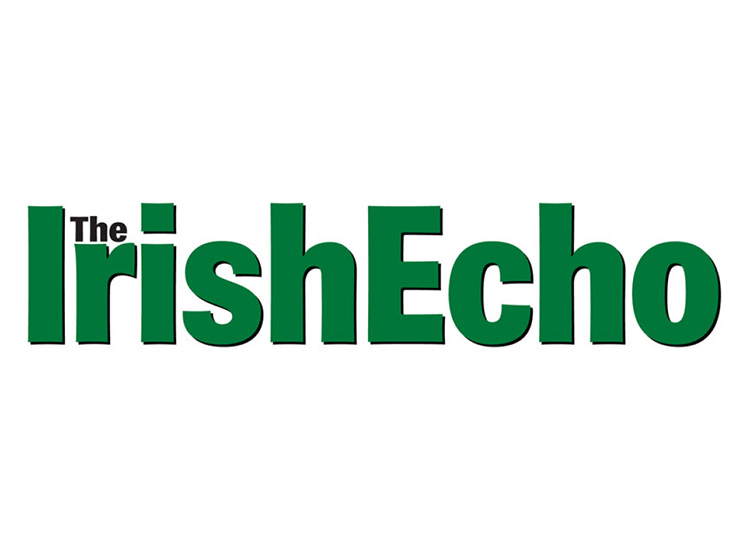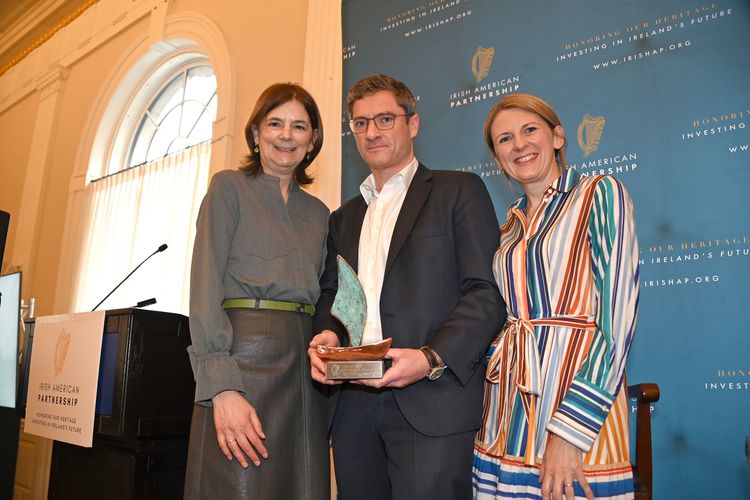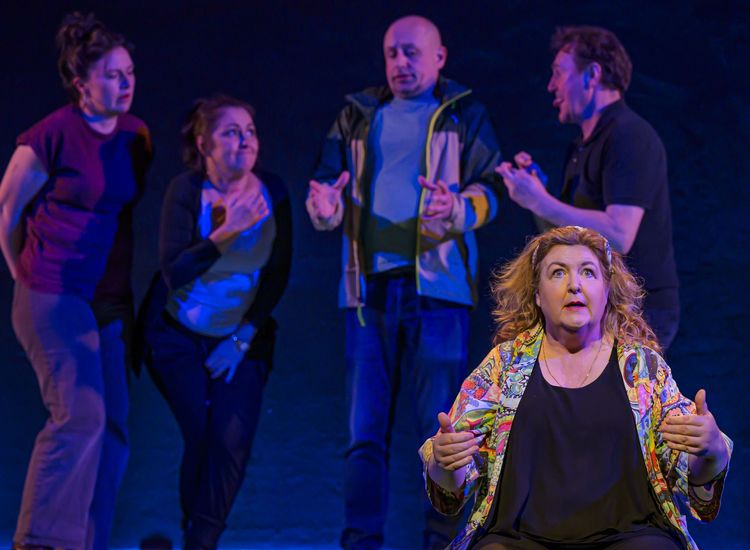A glance back at last week's Echo front page brings encouragement.
In a time of closures, retractions, downsizing and outsourcing, and all the downbeat headlines such things generate, here was a pair of stories to do with openings, fruition, projects completed, or at least well on the way to completion.
And so three cheers for each of these stories is well and truly in order.
The main story on the page was to do with the unveiling of "Barry Gate" at the U.S. Naval Academy in Annapolis. This tribute to Commodore John Barry is the work of the Ancient Order of Hibernians which a while back had persuaded the naval authorities to honor the Wexford-born Barry who was confirmed by President George W Bush as the first flag officer of the United States Navy.
As was the case with the memorial to the Irish Brigade at Antietam, the Barry memorial came late in the day and in the nick of time as there are now restrictions on erecting new memorials on the academy grounds.
The project's second phase will be the construction of an eight-foot tall granite memorial honoring Commodore Barry.
This memorial will be positioned inside the Barry Gate and the adjoining area will be called "Barry Plaza." It is planned that this work will be concluded in the latter part of the current year, this assuming the success of a fundraising effort that has to date secured about half the required sum of $200,000.
In its vision for the completed memorial, the AOH is hoping that 95 percent of pedestrians passing in and out of the Naval Academy's grounds will pass through Barry Gate.
This effort to honor Commodore Barry, in what is a most appropriate setting, originated with the AOH's District of Columbia State Board. The first proposal was submitted on August 29, 2008, and the U.S. Naval Academy's Memorials Oversight Committee gave final approval in January 2011.
Now, just a year later, the first part of the plan is complete. We can only hope that by year's end the project will be entirely done and dusted.
The other story, on the left side of the front page, was to do with the opening this week of the Irish American Heritage Museum in Albany, the state capital of New York and a town with deep Irish American roots.
According to its press release, the museum is unique in the United States and is "committed to the tenet that preserving one's heritage is vital to providing a cultural and historical foundation to future generations of Americans."
We concur.
The new museum occupies a 3,000-square-foot, ground-level, handicapped accessible space in the historic Meginniss Building, dating from the late 19th century. The museum, again according to the release, was established in 1986 by the New York State Legislature. Prior to moving to Albany, it had been a summer-seasonal operation located near the Quill Center in East Durham.
So, in this case, it's an opening after a closing, but an opening nevertheless, and in a town with its own unique Irish American heritage.
These two events, these front page companions, were just so as a result of serendipitous timing.
But behind their march to the spotlight are many dedicated people who are determined to tell and retell, and in varying ways, the magnificent story of the Irish in America.
The Barry tribute at Annapolis and the museum in Albany are but two stories. Observant readers will note that they were preceded in a December issue by another story of a reopening, in this case that of St. Brigid's Church in Manhattan, which might have been felled by the wrecker's ball but for the fierce dedication of a group of people who were determined to see this Irish landmark survive.
Such was their dedication to the cause of saving St. Brigid's that an anonymous donor was impressed to the point of writing a check for $20 million, thus ensuring the church's future.
Who knows, but even in these hard times there might be other similarly inclined donors who might be tempted to write a check or two for the likes of the Barry project, or the heritage museum in Albany.
Regardless, these stories, the front page versions and their back stories, are a reminder that not all is doom and gloom, and that in some corners of Irish America right now it is more a tale of rebirth and joy.










